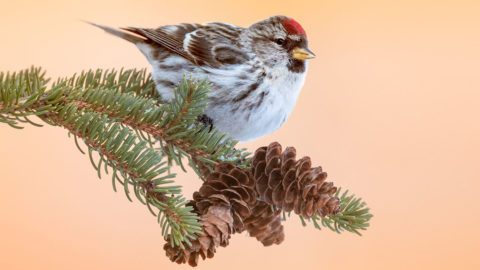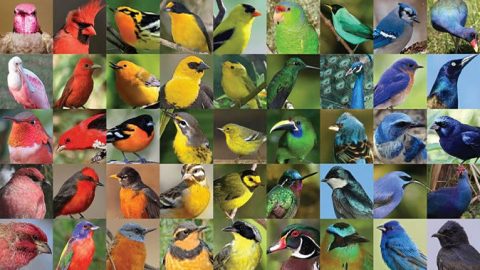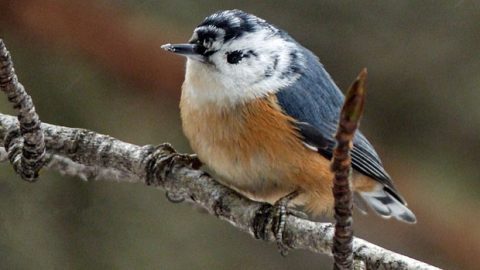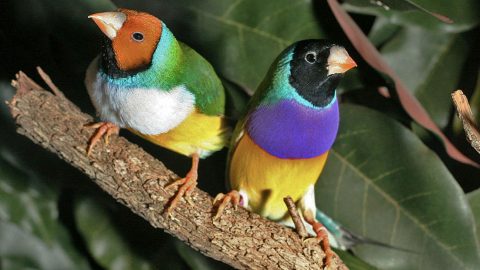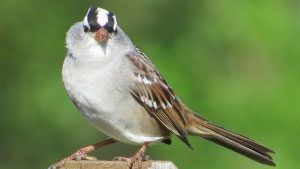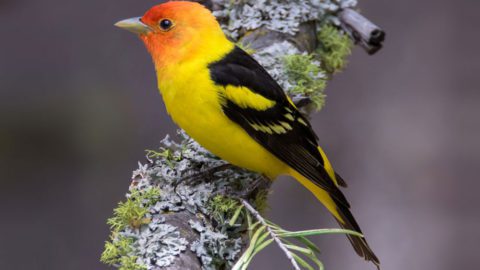Under a Full Moon, Pale Barn Owls Can Freeze Voles in Their Tracks
By Marc Devokaitis
November 4, 2019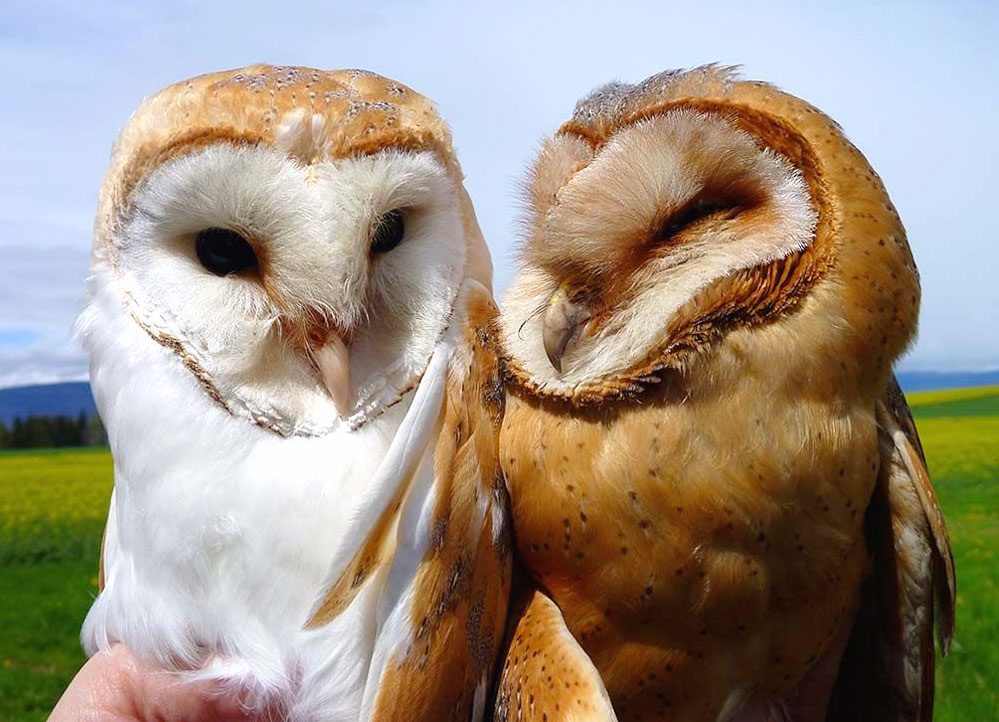
From the Winter 2020 issue of Living Bird magazine. Subscribe now.
The ghostly visage of the Barn Owl is surely the stuff of nightmares for voles, the small mouselike rodents that are among the Barn Owl’s most common prey. Barn Owls are efficient rodent killers thanks to a combination of excellent low-light vision, silent flight, and otherworldly hearing. But it turns out some Barn Owls have an additional secret weapon in their hunting arsenal—moonlight.
Scientists have long puzzled over why adult Barn Owls (which are strictly nocturnal, so they hunt in the dark) can show a spectrum of color variations on their body feathers: Some individuals are a pure eggshell white, while others are streaked with pale rusty hues, and still others are a rich reddish brown. These color variations aren’t due to the age or sex of the owl. Geography may play a role in European populations, with darker owls being more common in the north and lighter owls more common in the south. But variants occur together in all parts of the range, deepening the mystery of why the alternate plumages occur at all.
Now, new research indicates that owls with pure white plumage on their breast and belly have a distinct advantage when hunting, especially on clear nights with a brightly shining, full or nearly full moon. Scientists from Finland have been using cameras, GPS units, and direct observations to study a population of Barn Owls in western Switzerland for more than two decades, acquiring a wealth of information about breeding and feeding behavior in the process. In the new study, published in September in Nature Ecology and Evolution, the scientists used this rich dataset to analyze how moonlight affects Barn Owls’ hunting success.
“We thought they would have a harder time hunting…on moonlit nights,” writes Almut Kelber, professor of biology at Lund University in Sweden and an author of the study. “In the bright moonlight, owls should be more easily spotted by prey such as mice. If this was true, hunting on moonlit nights would be even trickier for white owls than for red owls, simply because white is more reflective and therefore more visible in the moonlight than dark red plumage. As it turns out, we couldn’t have been more wrong.”
Related Stories
Their analysis showed that indeed, Barn Owls were less successful hunters on moonlit nights. But when they looked at the relative success of darker vs. lighter Barn Owls, the story was more complex. Darker-colored owls consistently brought less food to their nests on moonlit nights. Paler-colored owls, on the other hand, seemed to have equal or greater success in food-provisioning on nights when the moon shone brightly.
To further investigate, the researchers directly measured the reactions of individual voles to taxidermied red and white Barn Owls under two levels of simulated moonlight—new moon and full moon. The stuffed owls were in a spread-wing position, and were placed 5 to 6 feet above the voles, then hidden behind a dark curtain before being revealed to the rodents.
As expected, voles were better at detecting and reacting to owls under the full-moon conditions, and the most common reaction by far was to freeze. How long they stayed frozen depended significantly on what color the owl was.
Across all trials, the average amount of time a vole stayed frozen was around nine seconds. Under full-moon conditions, voles remained frozen nine seconds longer when facing a white owl than they did under the relative darkness of a new moon. Also under full moon, voles froze about five seconds longer when they encountered a white owl as compared with a red owl. In the darkness of a new moon, voles showed no difference in their response to the two different-colored owls.
“We think voles behave that way when encountering a white owl because they’re scared by bright light reflected from the white plumage,” says Kelber. (It’s almost as if they were a deer in headlights.)
While freezing can be a helpful prey response in avoiding predators in some situations, researchers think that in this case, the reaction gives the barn owl the advantage since they are already trained in on their target—a few seconds more for the white owls to snatch their prey.
Given this advantage, one might expect natural selection to favor the white owls, and for the darker owls to eventually disappear. But the study authors say that there may be other factors at play. For example, darker feathers tend to be stronger and resist wear better than lighter feathers. The redder owls might also be better camouflaged when roosting or stalking prey.
Reference
San-Jose, L.M., et al. 2019. Differential fitness effects of moonlight on plumage colour morphs in barn owls. Nature Ecology & Evolution 3: 1331–1340. DOI: 10.1038/s41559-019-0967-2.

All About Birds
is a free resource
Available for everyone,
funded by donors like you
American Kestrel by Blair Dudeck / Macaulay Library
